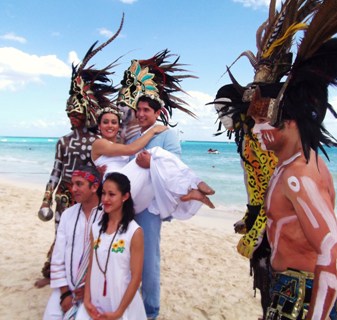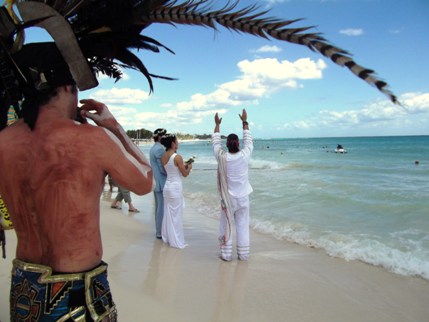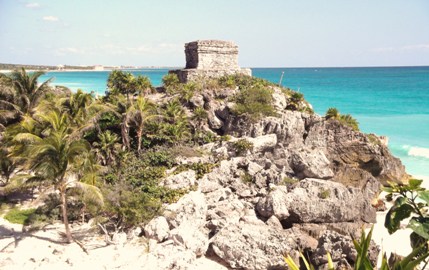Sun, Sand, and Dali
By Nancy French
ITWPA member
Swaying palm trees, a warm breeze blowing across the water, and a glass of Spanish wine to sip create a pleasant way to take a break during a visit to the new Salvador Dali Museum in St. Petersburg, Florida.
The triangulated Glass Enigma, a highlight in the architecture of the museum, is similar to the dome on the Dali Museum in Figurers, Spain, Dali’s birthplace. The 75-foot-high glass atrium provides a 180-degree view of Tampa Bay. The dynamic spiral design of the interior stairway, a shape reflected in many of Dali’s paintings, leads visitors to the third floor gallery. AOL Travel has declared the museum “One of the Buildings You Have to See Before You Die.”

Guided tours with knowledgeable volunteers or self tours using earphones with recorded information on numbered pieces help visitors understand the complex thinking behind Dali’s art. Eccentric genius and unrelenting self-promoter, he was arguably the finest surrealist artist of the 20th century. Dali’s talent spanned from realism to surrealism and from oils to films. Many of Dali’s works expressed a combination of religion and science, with the use of double images and optical illusions.
“Sun, sand and Dali sounded pretty good,” said attorney Jim Martin, reflecting on the path leading to the creation of the new museum. Housing the world’s second largest Dali collection, the museum opened 1-11-11. In 1980, Martin read an article in the Wall Street Journal titled, “U.S. Art World Dillydallies Over Dali.” He contacted Reynolds and Eleanor Morse and urged them to bring their Dali collection to St. Petersburg. The entire Morse collection of 96 oil paintings and 2,000 additional pieces was donated under the condition that the artwork be kept together. In 1982, the Dali museum opened in a refurbished warehouse. 
St. Petersburg is quickly becoming an art lover’s destination, with the completion of the new Dali Museum, the Chihuly Collection of glassworks presented by the Morean Arts Center, and the Museum of Fine Art. Numerous small art galleries in the downtown area, including the Florida Craftsmen Gallery, offer an additional excuse to stay in this sunny, waterfront city.
If you go:
Where to eat -- within walking distance of the Dali and in keeping with the Spanish theme:
Ceviche Tapas Bar & Restaurant, 10 Beach Dr. NE, (727) 209-2299, www.ceviche.com. Open for dinner, serving homemade red or white sangria, offering over 100 hot and cold tapas. The Flamenco Bar offers live flamenco shows and an eclectic blend of music. Pincho Y Pincho, at the same location, serves breakfast and lunch with a Spanish flair.
Columbia Restaurant, 800 Second Ave. NE, (727) 822-8000, www.columbiarestaurant.com/st-petersburg.asp. Open for lunch and dinner. Serving Spanish and Cuban cuisine. Located on the St. Petersburg Pier overlooking the waterfront. Try the mojitos and be sure to indulge in the freshly-baked Cuban bread.
Cafe Gala, (727) 623-4703, is located on the ground floor of the Dali and offers a Spanish-inspired menu with beer and wine available. The cafe has indoor/outdoor seating and overlooks the waterfront.
Where to stay:
Ponce de Leon Boutique Hotel, 95 Central Ave., (727) 550-9300, www.poncedeleonhotel.com. Built in 1922, this renovated hotel is within easy walking distance of the Dali. Rates around $90 per night.
Grayl’s Historic Hotel, 40 Beach Dr., (727) 896-1080, www.graylshotel.com. Centrally located near the waterfront. Rates from $99.
Vinoy Renaissance Resort and Golf Club, 501 Fifth Ave. NE, (727) 894-1000, www.marriott.com/hotel/travel/tpasr-renaissance-vinoy-resort-and-golf-club/. This historic hotel has an outdoor pool, restaurants, and tennis courts. Rates from around $250 per night.
If you'd like to purchase this article for your publication, click here to contact the author directly.
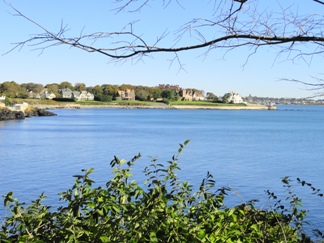 it’s a must-do if visiting this region.
it’s a must-do if visiting this region.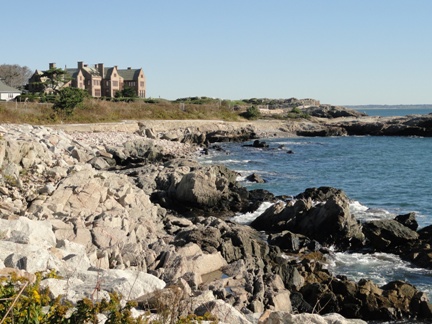
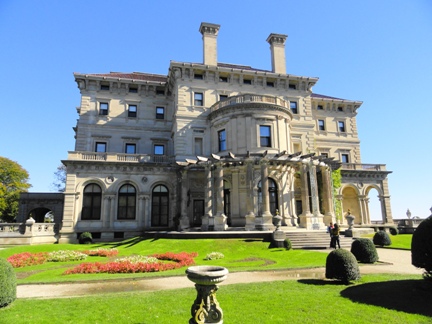 urchased online for $31 on www.newportmansions.org.
urchased online for $31 on www.newportmansions.org.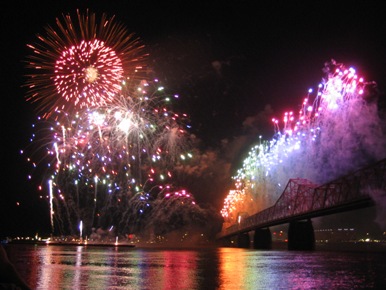
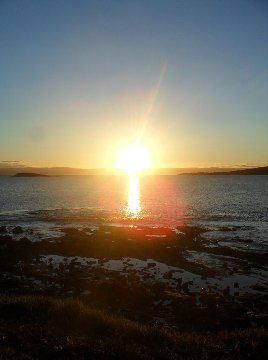
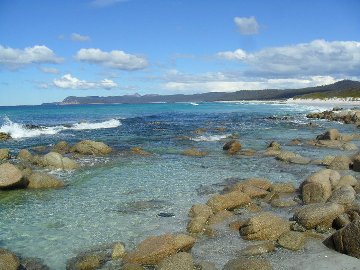
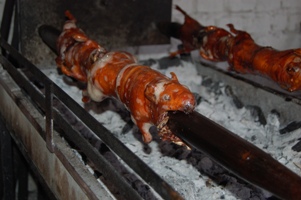 Inca used guinea pigs in ways other than food. The sensitive little mammals were kept inside native homes because they acted as warning bells, detecting earthquakes before they actually happened. When an earthquake was imminent, the little pigs ran around randomly squealing. The people recognized their bizarre behavior and immediately left their homes. Medicinally, the local shaman used the guinea pig as a healing source. Holding the rodent in his hands and chanting, he passed the animal over and around the patient, exorcising the evil spirit and sickness from the body. After the treatment, the rodent was killed and gutted. According to our guide, the shaman could tell from its black color which of the patient’s internal organs had been affected. The process served as an Inca x-ray.
Inca used guinea pigs in ways other than food. The sensitive little mammals were kept inside native homes because they acted as warning bells, detecting earthquakes before they actually happened. When an earthquake was imminent, the little pigs ran around randomly squealing. The people recognized their bizarre behavior and immediately left their homes. Medicinally, the local shaman used the guinea pig as a healing source. Holding the rodent in his hands and chanting, he passed the animal over and around the patient, exorcising the evil spirit and sickness from the body. After the treatment, the rodent was killed and gutted. According to our guide, the shaman could tell from its black color which of the patient’s internal organs had been affected. The process served as an Inca x-ray.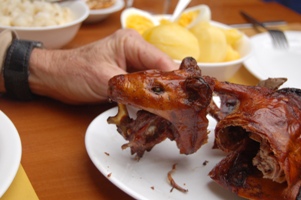

 herapeutic wines are listed, along with the suggestion to drink a small glass of wine after your midday meal.
herapeutic wines are listed, along with the suggestion to drink a small glass of wine after your midday meal. money. The final spin carries our wine. The entire transaction is wordless and we never see the nuns.
money. The final spin carries our wine. The entire transaction is wordless and we never see the nuns.